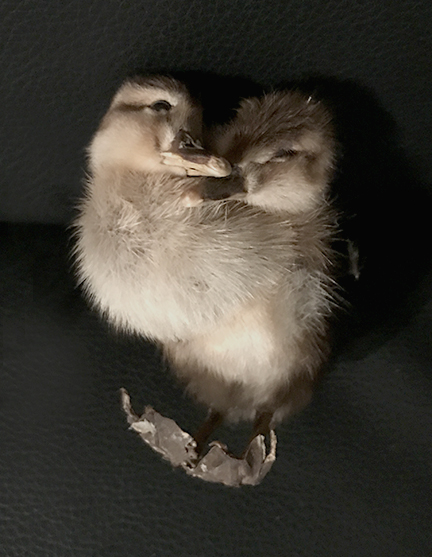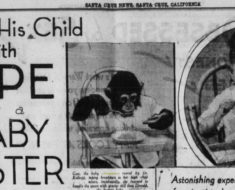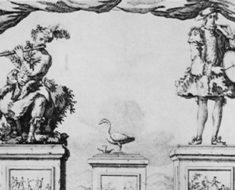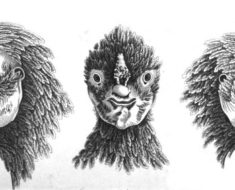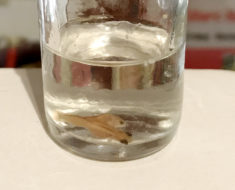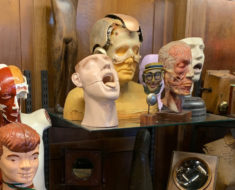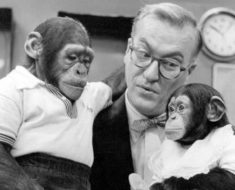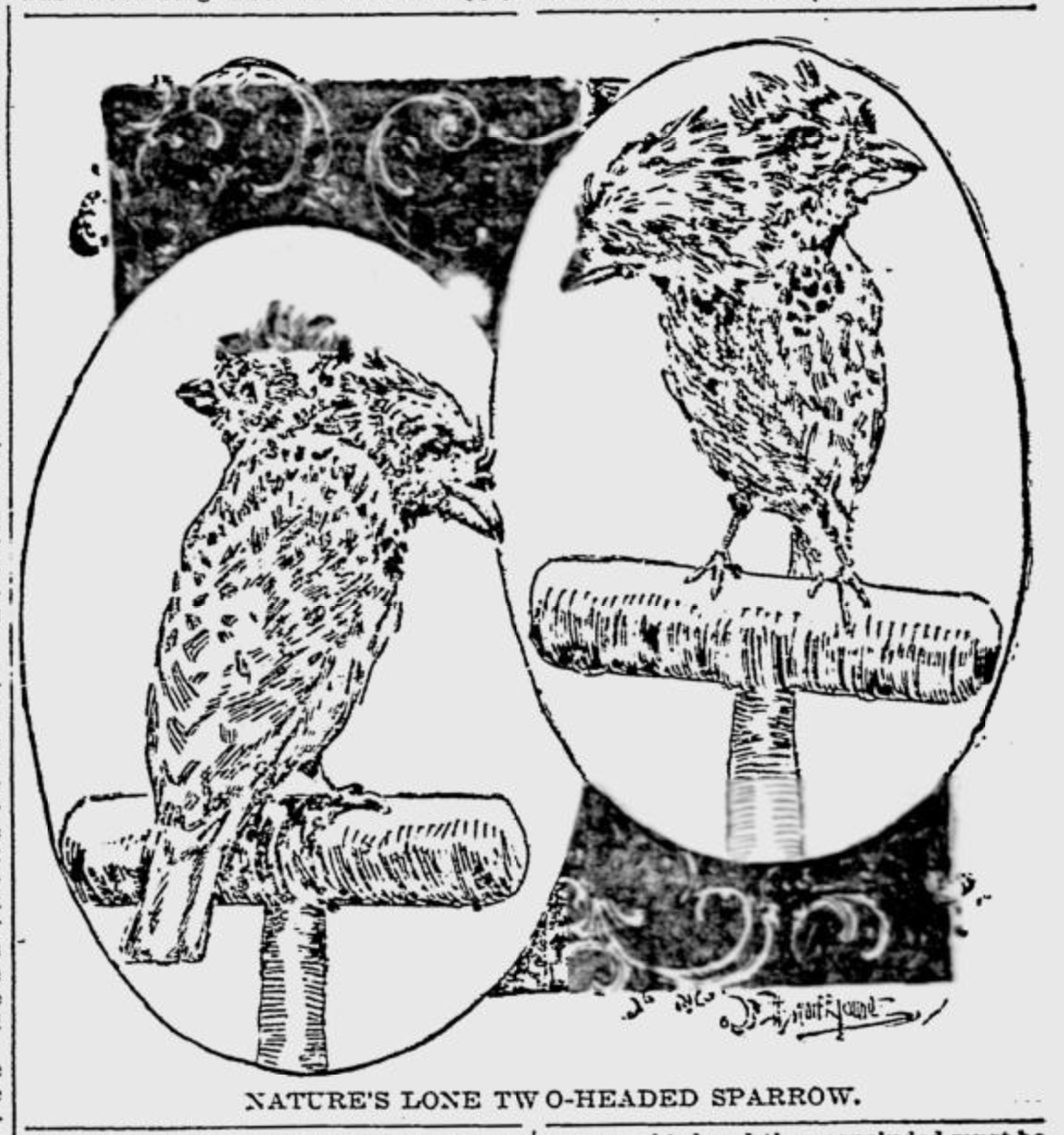
A two-headed sparrow, as seen in the Baltimore Sunday Herald, Jan. 9, 1898.
Two-headed animals are always a wonder to observe. Like conjoined twins, these are simply cases of a fertilized egg dividing too late, causing the embryo to not fully separate. As unusual as it is, it’s not uncommon to find cases of two-headed calves, turtles, and snakes. In fact, a two-headed calf was just born earlier this month.
However, in 1898, a case of a two-headed sparrow appeared to be a first.
The strange bird was found in Columbus, Ohio, by a young boy hunting sparrows with an air gun. (As you might guess, this story doesn’t end well.) The boy noticed it perched on the limb of a tree, chirping with both throats.
“There were two distinctive heads, but look as hard as he might, the boy could only discover one body,” reported Baltimore’s Sunday Herald. “Convinced that he had found a curiosity, a freak of nature, he determined to get the bird in some fashion, and succeeded in bringing it down with a well-aimed shot from his air gun.”
The selfish lad took his trophy to a taxidermist, who examined the bird and concluded:
… the right-hand head was connected with the left at the base of the skull, and at this point the windpipe also joined. Both heads held a pair of fully developed eyes, each a tongue, and one skull contained as much brain matter as did the other. The left-hand head was joined to the main cervical vertebrae belonging to the body; the body of the bird being considerably larger than that of the ordinary English sparrow.
Two-headed bird gaff. Hartzman Collection.
It is my belief that both brains operated in unison, that is to say, they had no conflicting ‘thoughts,’ or they may be called one brain. It is evident that the heads interfered with one another considerably from the fact that it was impossible to make the feathers of the head lie down perfectly smooth as in ordinary cases; they were twisted and curled as shown in the illustration. In the feathers of the left-hand neck there was a distinct hollow where the right-hand head rested.
What a pity that this bird had not been captured alive!”
A pity indeed. There has yet to be a similar case. At least, not a natural one. But perhaps the spirit of this air gun victim lives on through the creativity of taxidermists who make their own two-headed birds.
UPDATE (July 1, 2018): A reader from Texas sent me photos of a two-headed sparrow outside the window of her mother’s hospice. “When I saw it, I thought OMG a two-headed sparrow!!” said Kim Brooks-Peyton. “It moved normally really, but with two heads.” See the image below with the sparrow circled—the two heads are pointed downward to eat.
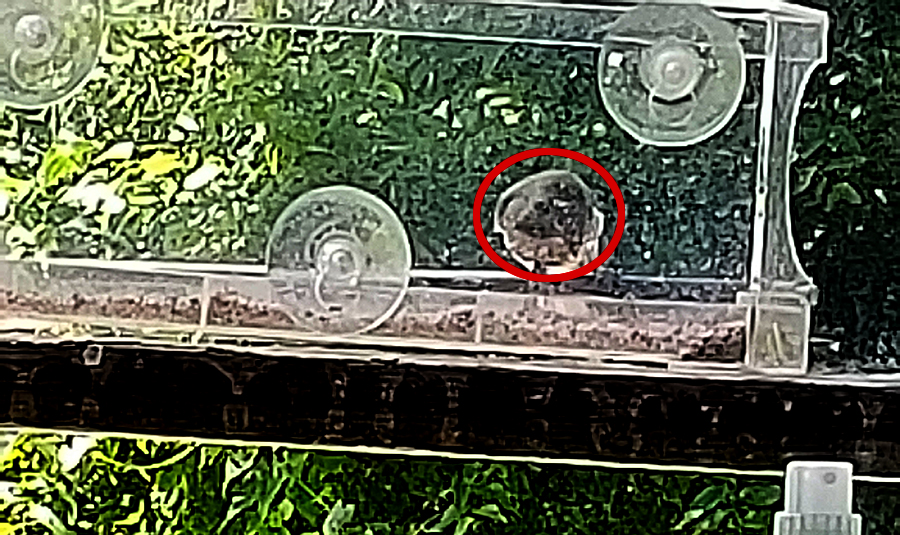
This two-headed sparrow was spotted in Texas. Courtesy of Kim Brooks-Peyton.

